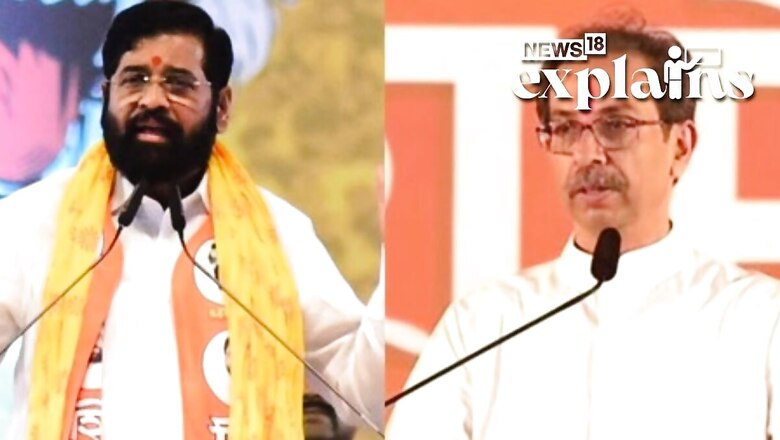
views
On July 31, the Supreme Court will hear a plea filed by Shiv Sena (UBT) leader Uddhav Thackeray challenging an Election Commission of India (ECI) decision recognizing Eknath Shinde group of Shiv Sena as the “real” Shiv Sena.
Shiv Sena witnessed a split into two factions in June 2022. On February 17, 2023, ECI recognized the Eknath Shinde group as the “real” Shiv Sena” and allowed them to use the official “Bow & Arrow” symbol and “Shiv Sena” name.
While the group led by Uddhav Thackeray was given the name “Shiv Sena (Uddhav Balasaheb Thackeray)” and was allotted the symbol of the “Flaming Torch” to be used in the bye-election that took place on February 23.
Following the ECI decision, Uddhav Thackeray moved the apex court seeking a stay on the ECI’s decision. However, the Supreme Court refused to stay the ECI’s order.
The splitting of the Shiv Sena raised two legal and constitutional questions. The first question was whether the Eknath Shinde group would face disqualification under the anti-defection law as enshrined under the 10th Schedule of the Constitution. The second question was which group would be recognized as the “real” Shiv Sena and will have the right to retain the “original” symbol.
To answer the first question, it is important to note two points: firstly, the issue of disqualification is addressed through the 10th Schedule of the Constitution, and this is a subject that lies in the jurisdiction of the Supreme Court. After the 91st Constitutional Amendment Act, of 2003 if two-thirds of the members of a party break away from the party to merge with another party or form a new party, the anti-defection law will not be applied to it.
However, the current case is related to the allocation of the party symbol and name. In this respect, the touchstone would be the famous case titled “Sadiq Ali and Another Vs Election Commission of India.”
Sadiq Ali and Another Vs Election Commission of India
In 1969, following differences over the choice of the Congress nominee for the office of the President of India, the Congress Party witnessed a split. The two groups came to be known as Congress ‘O’ and Congress ‘J.’
On January 15, 1970, a communication was addressed by the ECI to the Secretary of Congress ‘J’ as well as that of Congress ‘O’ stating that “a dispute appears to have arisen as to which of the two groups is the recognized political party known as the “Indian National Congress” for the purpose of the Election Symbols Order and that the ECI was required to take a decision in the matter in terms of para 15 of the Election Symbols Order 1968″.
Paragraph 15 of the order empowers the ECI to decide upon the claims of splinter groups or rival sections of a recognized political party.
It reads, “When the Commission is satisfied on information in its possession that there are rival sections or groups of a recognized political party each of whom claims to be that party, the Commission may, after taking into account all the available facts and circumstances of the case and hearing such representatives of the sections or groups and other persons as desire to be heard, decide that one such rival section or group or none of such rival sections or groups is that recognized political party and the decision of the Commission shall be binding on all such rival sections or groups.”
A statement was submitted on behalf of Congress ‘J’, in which 229 out of 284 Congress Members of Lok Sabha and 106 out of 147 Congress Members of Rajya Sabha declared their allegiance, to the Congress, Government led by Indira Gandhi as Prime Minister and to the Congress-led by Jagjivan Ram as President called Congress ‘J’.
As against that, Congress ‘O’ claimed the allegiance of 65 members of the Lok Sabha and 40 Members of the Rajya Sabha. The Congress Legislature Parties of Maharashtra, Madhya Pradesh, Andhra Pradesh, Rajasthan, Assam, Haryana, Jammu & Kashmir, Himachal Pradesh, and Tripura declared their support to the Congress Governments in those States and to Congress ‘J’.
The Speaker of Lok Sabha and the Chairman of Rajya Sabha recognized Congress ‘J’ in Parliament as the party which was in power and which ran the Central Government. Similarly, ECI too recognized Congress ‘J’ as the original Congress party, a decision which was validated by the apex court.
In the judgment, the apex court made two important points which establish that the group that enjoys the majority support among the members of the “organizational and legislature wings” will be considered as the “original” party.
The judgment read, “It can hardly be disputed that substantial majority of the members of the Congress in both its legislative wing as well as the organizational wing supported the Congress ‘J’. As Congress ‘J’ is a democratic Organisation, the test of majority and numerical strength, in our opinion, was a very valuable and relevant test. Whatever might be the position in another system of government or Organisation, numbers have relevance and importance in a democratic system of government or political set up and it is neither possible nor permissible to lose sight of them. Indeed it is the view of the majority which in the final analysis proves decisive in a democratic setup”.
It further added, “It may be mentioned that according to paragraph 6 of the Symbols Order, one of the factors which may be taken into account in treating a political party as a recognized political party is the number of seats secured by that party in the House of People or the State Legislative Assembly or the number of votes polled by the contesting candidates set up by such party.”
“If the number of seats secured by a political party or the number of votes cast in favour of the candidates of a political party can be a relevant consideration for the recognition of a political party, one is at a loss to understand as to how the number of seats in the Parliament and State Legislatures held by the supporters of a group of the political party can be considered to be relevant. We can consequently discover no error in the approach of the Commission in applying the rule of the majority and numerical strength for deter-‘ mining as to which of the two groups, Congress ‘J’ and Congress ‘O’ was the Congress party for the purpose of paragraph 15 of Symbols Order,” the order said.
When a similar split took place in the party in 1995, resulting in the formation of two groups headed by PV Narasimha Rao and ND Tiwari respectively, a petition was filed by Arjun Singh, before the ECI which sought that the group headed by ND Tiwari be recognized as the real Indian National Congress.
The ECI, while applying the test of majority as upheld by the Supreme Court in the case of Sadiq Ali case by a majority decision (2:1), decided that the group headed by PV Narasimha Rao was the Indian National Congress, as it enjoyed superior majority support both in the organizational and legislature wings of the party.
In the current case of Shiv Sena also the ECI applied the same test. Shinde group could prove the support of 40 out of 67 MLAs and MLCs in Maharashtra, and 13 out of 22 MPs in both houses of Parliament.
The ECI in its 77-page order highlighted that the 40 MLAs of the Shinde group had got 76% of the votes polled by the 55 Shiv Sena MLAs in the 2019 elections, as opposed to 23.5% for the MLAs in the Thackeray camp.










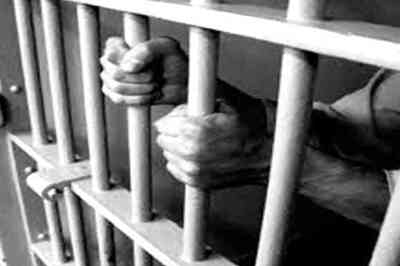

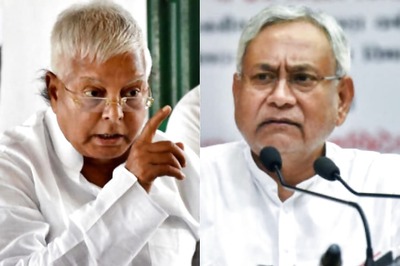



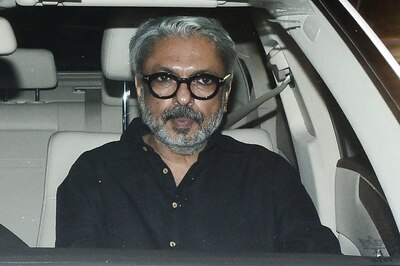
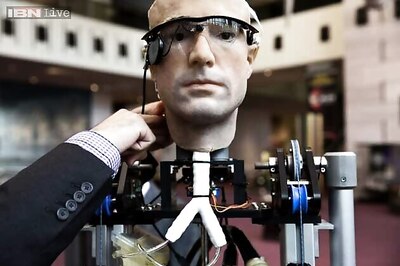

Comments
0 comment